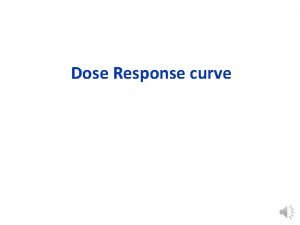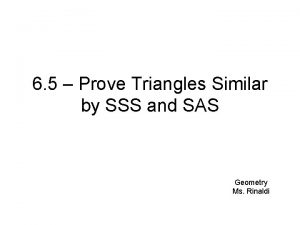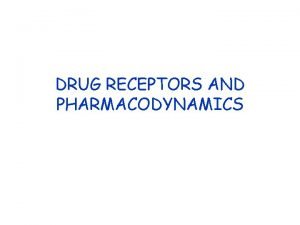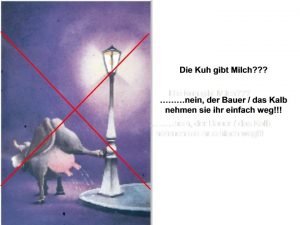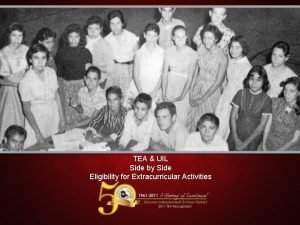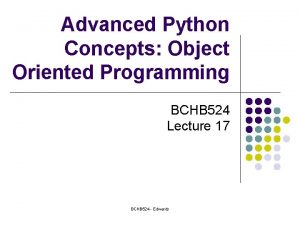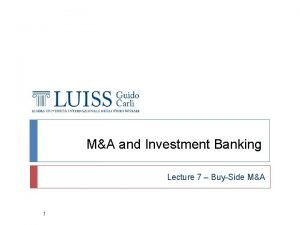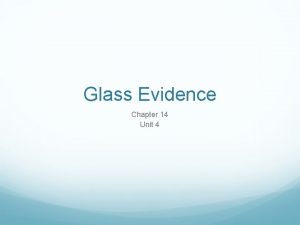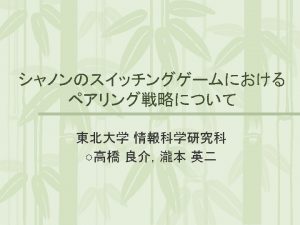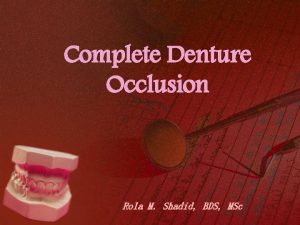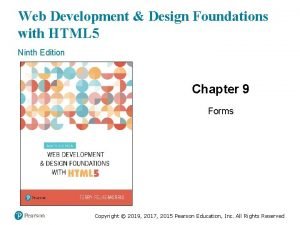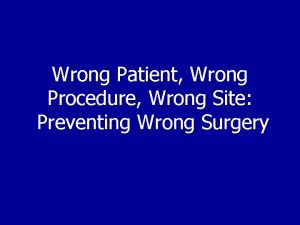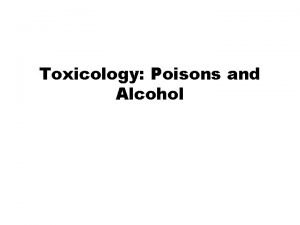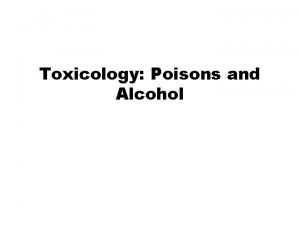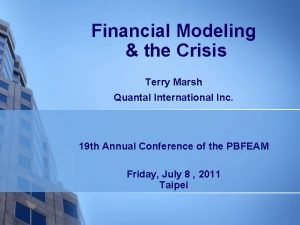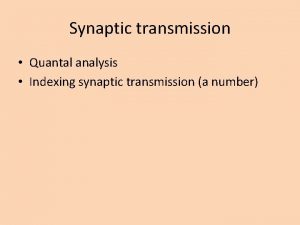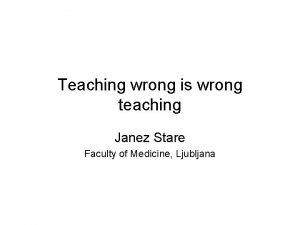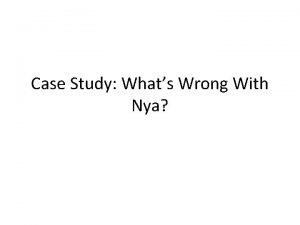Toxicologythe wrong side of the quantal response The




























- Slides: 28

Toxicology-the wrong side of the quantal response Ø The study of the harmful actions of chemicals on living organisms

Toxicology includes: 1) Intentional poisonings 2) Inadvertent exposure of chemicals 3) Unintended effects of drugs

1) Intentional poisonings Q: Why is it difficult to poison someone without the poison being detected?

Q: What receptors could Joffrey’s poison be acting on?

Q: What receptors could Joffrey’s poison be acting on?

Q: What receptors could Joffrey’s poison be acting on?

Q: What receptors could Joffrey’s poison be acting on? acetylcholine parasympathetic epinephrine/ norepinephrine

Strychnine poisoning

Properties of prostaglandins (COX-1, COX-2 )

1) Intentional poisonings: a brief history Socrates: 399 BC – sentenced to kill himself by drinking hemlock Ø Antagonist of acetylcholine receptors (major receptor of nerve and muscle cells) Ø Death usually results from paralysis of respiratory muscles

1) Intentional poisonings: a brief history

1) Intentional poisonings: a brief history Inhibitors of acetylcholinesterase: Ø Novichok (March 2018 – poisoning of Sergei and Yulia Skripal) Ø VX gas (Feb 2017 – poisoning of Kim Jong-nam) Ø Sarin gas (2017 – Syria; 1995 - Tokyo subway; 1988 – Iran-Iraq war; 1950 -1970 stockpiled by both USSR and NATO) organophosphates:

Roman Emperor Claudius 54 AD- believed to have been murdered by wife with aconite from the plant monkshood. Ø Agonist of a type of sodium channel found in nerve cells. Ø Death results from heart arrythmias and failure.

Napoleon Bonaparte 1821 - Suspected to have died from arsenic poisoning Ø Europeans referred to arsenic as the “King of Poisons” because of its discreetness and potency, until test developed for its detection in 1836. Ø The Chinese used arsenic smoke in war as far back as 1000 BC Ø Has similar properties to phosphorous, and is found immediately below it in periodic table. Ø Able to compete with phosphorous and essentially act as an antagonist for a large number of enzymes.

1914 -1918: Approximately 1. 3 million casualties and 90, 000 deaths from use of chemical weapons during World War I. Ø These chemicals included chlorine, hydrogen cyanide releasing compounds, phosgene and mustard gases. http: //www. independent. co. uk/news/world-history/history-of-the-first-world-war-in-100 -moments/a-history-of-the -first-world-war-in-100 -moments-an-eye-witness-account-of-the-first-gas-attack-9294510. html

Haber process N 2 + 3 H 2 → 2 NH 3 Ø Approximately 80% of nitrogen in most individuals from industrial countries is derived from the reaction.

The first anti-cancer drugs were mustard gas derivatives Q: where does the specificity come from?

What other classes of drugs derive their therapeutic benefit through the killing of undesired cells?

1915: Alexander Flemming

Chemotherapy: drugs that derive their benefit through killing or inhibiting unwanted cells or organisms: 1. anti-cancer drugs (anti-neoplastic drugs) 2. anti-bacterial drugs (antibiotics)

Why in general is it easier to develop new anti-bacterial drugs than it is to develop novel anti-cancer drugs ?

Why in general is it easier to develop new anti-bacterial drugs than it is to develop novel anti-cancer drug ? Selective toxicity: Ø Unique cellular structures Ø Unique biochemical pathways Ø Greater dependence on a pathway than a healthy human cell Ø Growth characteristics

2) unintended toxicities Ø At least 3, 000 known chemicals. Ø Includes at least 100, 000 different industrial chemicals that are incorporated into 300, 000 consumer products marketed in US.

Carbon monoxide poisoning Ø Colorless and odorless gas formed from incomplete combustion of hydrocarbons

Carbon monoxide incidents ~ 400 deaths in US per year Q: Why is CO toxic?

CO binds hemoglobin ~ 250 x stronger than oxygen

Treatment?

Hyperbaric chamber – how does it work?
 Dose response
Dose response Similar picture
Similar picture Sss similarity theorem
Sss similarity theorem Similarity postulate
Similarity postulate Side side side similarity theorem
Side side side similarity theorem Quantal summation
Quantal summation Spare receptors
Spare receptors Iambic pentameter
Iambic pentameter Platzbedarf side by side melkstand
Platzbedarf side by side melkstand Tea uil side by side
Tea uil side by side Mandible movement
Mandible movement Two wheels roll side by side
Two wheels roll side by side Side by side stuff
Side by side stuff Sell side vs buy side
Sell side vs buy side Videocon refrigerator temperature settings
Videocon refrigerator temperature settings Draw the projection of a regular hexagon of 25mm side
Draw the projection of a regular hexagon of 25mm side Elementary welding symbols
Elementary welding symbols Opposite side adjacent side and hypotenuse
Opposite side adjacent side and hypotenuse Glass will break first on the weaker side, the side:
Glass will break first on the weaker side, the side: Red side blue side
Red side blue side Compensating curve denture
Compensating curve denture Perfect competition side by side graphs
Perfect competition side by side graphs Client side and server side
Client side and server side Smtyk
Smtyk Natural response circuit
Natural response circuit A subsequent
A subsequent Natural and forced response
Natural and forced response điện thế nghỉ
điện thế nghỉ Biện pháp chống mỏi cơ
Biện pháp chống mỏi cơ
